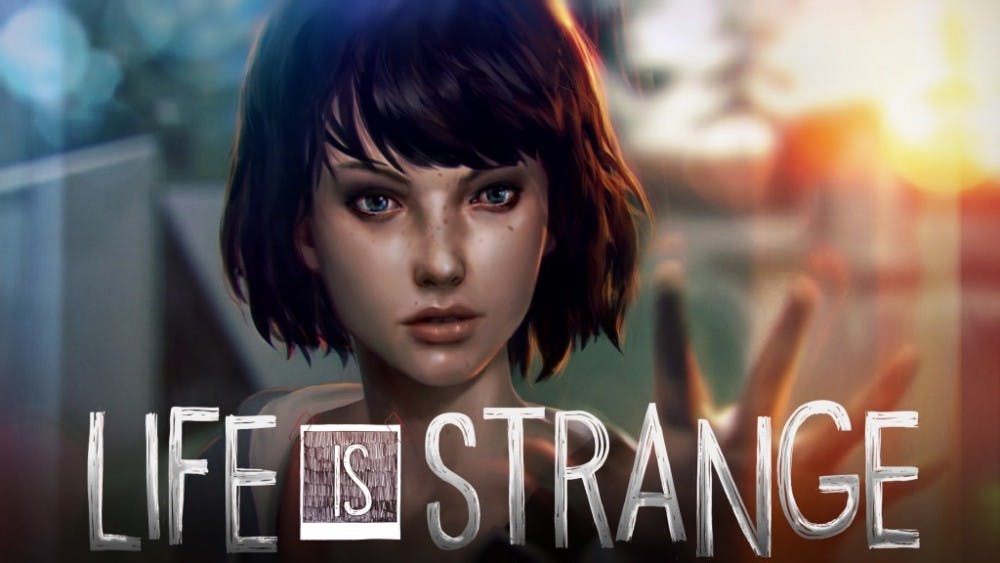When life and death are determined by the passage of time, the choices a player makes can affect the past, present and future.
Players come across these situations frequently in “Life is Strange,” a five-part episodic adventure game created by Dontnod Entertainment and Square Enix in January. The final episode was recently released on Oct. 20.
The single-player game revolves around Maxine Caulfield, a passionate photography student at Blackwell Academy with confidence issues. In the game, Max discovers she has the ability to alter time after trying to save a girl from being murdered in a bathroom.
After a girl named Rachel Amber disappears, Max works with her rebellious friend Chloe Price to find out what happened to her.
“Life is Strange” is rated M, with many content warnings: blood, sexual themes, strong language, violence and use of drugs are all present throughout the game. The entire game contains distressing material, although the first episode did not contain any trigger warnings.
The game gets so intense that Square Enix and Dontnod Entertainment opted to provide helpline contact information in episodes two and three, should players be strongly impacted by the harsh scenarios depicted in the game.
Scenes such as talking a friend off of a ledge and being asked by a handicapped friend to kill her are only a few of the situations that may incite strong reactions while playing “Life is Strange.” This isn’t even to mention that Chloe is constantly in danger of dying, which may frustrate players who tire of her foolish choices.
This game may not be for those who are sensitive to mentally disturbing situations.
While the storyline is unpredictable and mentally overwhelming, the gameplay is the exact opposite: “Life is Strange” is easy enough to get the hang of quickly, and the controls and functions are cooperative for both novice and experienced players.
Because the game is in third person, various features like camera angles can get a bit tricky at times, but for the most part it is easy to work with and doesn’t obstruct play.
The lengths of all five episodes are short enough that a player could finish the series over a weekend or so, depending on the pace.
The cutscenes between gameplay can make players feel sucked in to the situation, especially when they are forced to make quick decisions. This might add more realism to the game if the graphics were rendered with better quality. Though they’re not on the same level as a game like “Destiny,” they do contain enough detail to convey emotion at the proper times.
Get content from The Daily Lobo delivered to your inbox
The soundtrack also adds to the emotion. Most of the background music consists of acoustic guitar or other indie rock music that stays in the back so as not to take away from the game’s experience.
The visual and auditory elements work well together to enhance players’ experiences. This is particularly apparent at the lighthouse of Arcadia Bay, when the wind is passing through the trees and the gradient of the sunset takes over the scene.
Gamers who enjoy subtle adventure, drama, time travel and passionate characters you can relate to would likely enjoy this game. People who feel as though they don’t have control over their own lives may feel drawn to this game as a means of catharsis because of the choices presented to them during the game.
Those who prefer fantasy games with magic, adventure and exciting explosions should probably consider something else.
It is difficult to accurately summarize the experience of “Life is Strange” because the gameplay varies depending on the choices of the gamer. We should warn you: there are no happy endings in “Life is Strange.” The final chapters can take players to a dark place and leave them there to feel sad, lonely, confused and maybe even vengeful.
Imani Lambert is a culture reporter for the Daily Lobo and Skylar Griego is the culture edtor. They can be reached at culture@dailylobo.com or on Twitter @DailyLobo.






